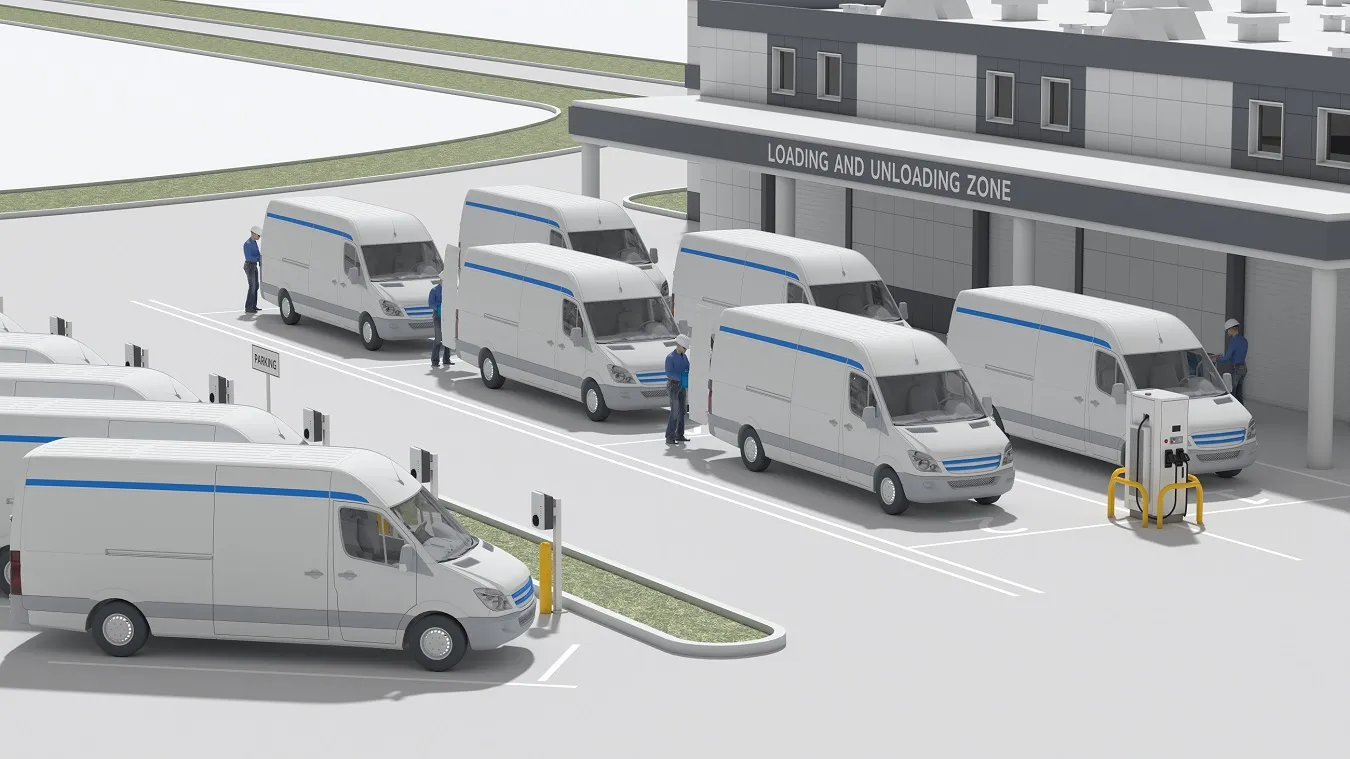Siemens has completed the supply and installation of charging infrastructure for electric vehicles in twelve London Underground car parks across the capital for UK Power Network Services. The new network of sixty Siemens AC intelligent charge posts is fully integrated into Source London, the UK's largest electric vehicle membership scheme, with over 1,300 charge points.
The charge points are supported by associated services including management, operation and maintenance and the supply of charging post m
August 28, 2013
Read time: 2 mins
The charge points are supported by associated services including management, operation and maintenance and the supply of charging post management software to operate the back offices.
Siemens charging solutions are designed, built and installed for long term deployment and high level of usage. Each charging point can charge two vehicles simultaneously, reducing installation and maintenance costs and maximising space. They can be easily tailored to charging requirements and allows the integration of calibrated meters for the exact billing of charged energy and/or feed-in meters for the exact offsetting of energy input with electricity providers.
Mark Bonnor-Moris, head of electromobility, UK Siemens said: ‘This significant EV infrastructure project provides UK Power Network Services, Source London and London Underground with credible and experienced supply, delivery, management and operation. ‘This major project further demonstrates transition from low-power ‘trickle’ on-street electric vehicle charging to high-power and rapid industry-grade facilities, increasing investment and the utilisation of electric vehicles’.










